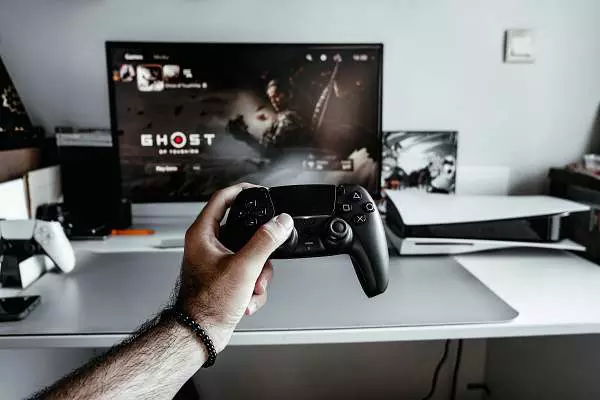Roblox Studio is a powerful tool for creating games and experiences within the Roblox platform. Whether you’re a beginner or an experienced developer, understanding the core mechanics and features of Roblox Studio is essential for creating engaging content.
In this guide, we’ll delve into the basics of Roblox Studio, covering everything from downloading the software to navigating its various tools and features.
1. Getting Started
Downloading Roblox Studio: To begin using Roblox Studio, log into your Roblox account and navigate to the Create tab. Follow the prompts to download the Studio software.
Creating a New Experience: Upon launching Roblox Studio, you’ll have the option to create a new experience. Choose from a variety of templates or start with a blank canvas.
2. Navigation and Controls
Moving Around: Utilize the WASD keys to navigate within the Studio environment. Holding the right mouse button allows you to look around and explore.
Adjusting Movement: Pressing Shift while using the movement keys provides slower, more precise movement.
View Options: Explore the View tab to access features like Team Create, which enables collaborative game development and automatic saving.
3. Core Mechanics
Parts: Learn to create and manipulate parts within Roblox Studio. Parts serve as the building blocks for your creations and can be customized in various ways.
Tools: Familiarize yourself with essential tools such as Select, Move, Scale, and Rotate. These tools allow for precise editing and positioning of parts within your workspace.
4. Key Features for Beginners
Toolbox: Access a vast library of assets and models through the Toolbox feature. Search for items such as trees, buildings, and characters to enhance your game.
Testing Your Game: Use the Test feature to playtest your game within the Studio environment. Experiment with different elements and mechanics to ensure a smooth player experience.
5. Terrain Editing
Terrain Tool: Explore the Terrain Editor for sculpting landscapes and environments. Generate terrain of various types, from mountains to water features, and customize it to fit your vision.
Painting and Sculpting: Utilize tools like Add, Subtract, and Paint to modify terrain textures and shapes. Create realistic landscapes or imaginative worlds with ease.
6. Understanding Explorer and Properties
Explorer: Navigate your game’s hierarchy using the Explorer panel. Organize and manage parts, models, and scripts within your project.
Properties: Access properties for individual objects to modify their appearance, behavior, and interactions. Adjust parameters such as color, material, and collision settings.
7. Advanced Techniques
Groups and Parts: Learn how to group multiple parts together for easier manipulation and organization. Understand how to navigate and modify properties within groups.
Hotkeys: Master essential keyboard shortcuts for efficient workflow, including rotation, duplication, and selection within groups.
Conclusion
By mastering the basics of Roblox Studio outlined in this guide, you’ll be well-equipped to embark on your game development journey. Whether you’re creating simple environments or complex gameplay mechanics, Roblox Studio offers the tools and features to bring your ideas to life. Experiment, explore, and unleash your creativity within the immersive world of Roblox game development.







Leave a Review
You must be logged in to post a comment.